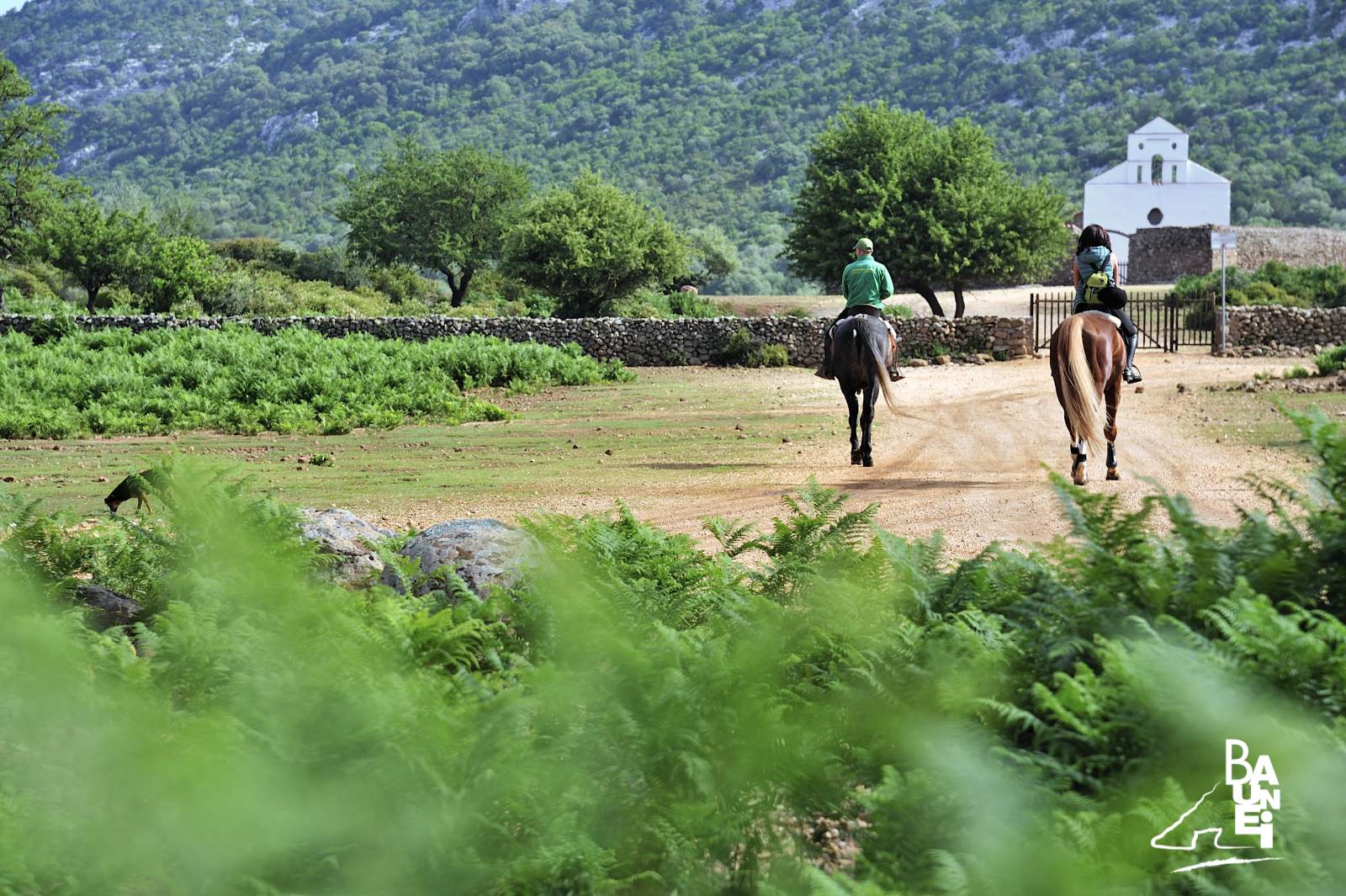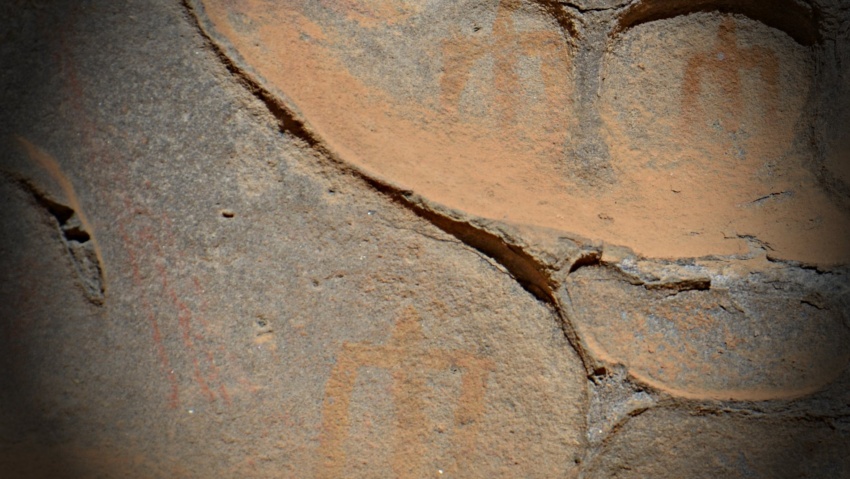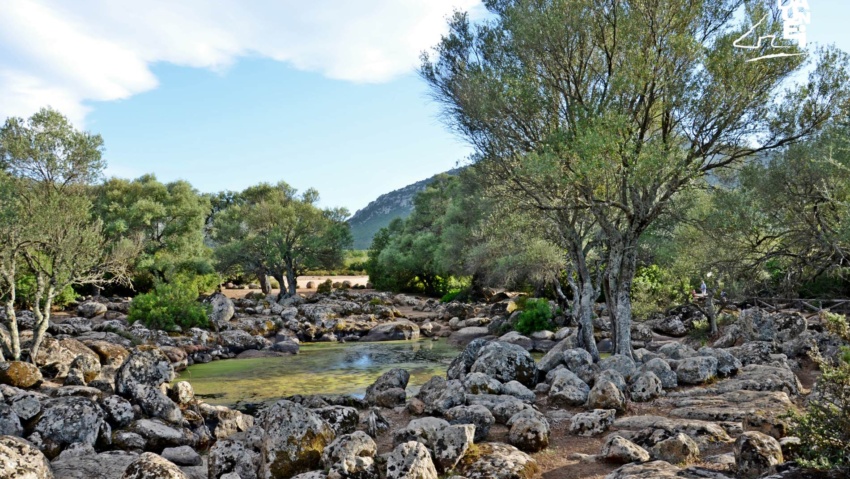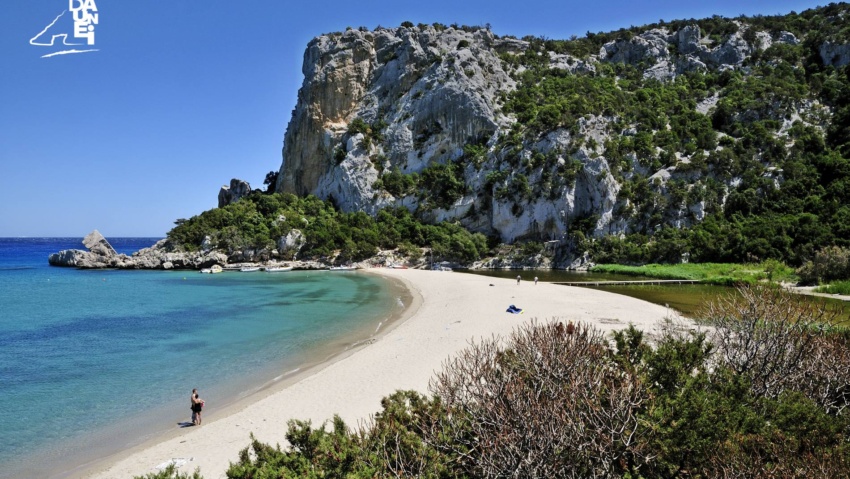The Nuragic Wells
The Golgo wells, also called “Nuragic Wells”, are in the middle of a clearing a few hundred meters from the church of St. Peter, close to the outer fence of the stables built in the eighties in the area where the horse race in honour of the saint was once held. The “Centro di Equitazione di Golgo” (“Golgo Riding Centre”), the starting point for excursions on horseback, is the only riding stable operating in the territory of Baunei. In the seventies, the two wells attracted the attention of the archaeologist Giovanni Lilliu, during an investigation carried out at Golgo to study the anthropomorphic bethel. It was Lilliu who first questioned the fact that such works were from the Nuragic period, pointing out that “(…) there are two large wells clad in stone in the Nuragic style, even if they are not from such a remote age, which collect external water and channel enough of it into a drain to quench the thirst of cattle (…)”. The cladded walls, made of basalt rock, jut out about half a metre from the ground, allowing farmers to lean over safely, resting on a juniper beam in juniper when they lower the buckets to pull up the water that is poured into the watering troughs.
One of the two wells has a face carved into a rock embedded in the circular stone part rising out of the ground. It is not a sculpture dating back to ancient times, because there are those in the village that remember it suddenly “appearing” sometime around the eighties, probably the result of the creativity of an anonymous Baunesis artist. During the summer, the water troughs located in the vicinity of the wells by the farmers attract hundreds of cows and pigs every day, which together with the ubiquitous donkeys that are typical of the plateau, manage to quench their thirst during the hottest hours of the day. While it is true that breeding in the wild is widespread in Sardinia (and particularly in Ogliastra), it is even more true that, with regard to Golgo, it can be said that pigs, cows and donkeys bred using this method are an integral part of the plateau’s scenery. The pigs that roam throughout Golgo, like all pigs reared in the wild, are not large and are usually much smaller than pigs raised in a piggery. The appearance of these pigs is very similar to that of wild boars and this is also the case because crosses between the two species are not uncommon. The particular environmental conditions on the plateau also affect the size of the donkeys and cows in Golgo, which undergo drastic losses in weight especially in the summer.
CONTATTI
Via San Nicolò, 2 – 08040 BAUNEI (Sardinia, Italy)
infopoint@turismobaunei.eu
+39 349 5462583
